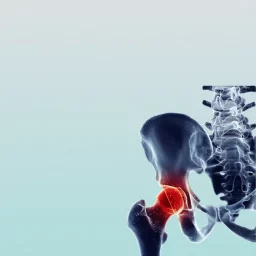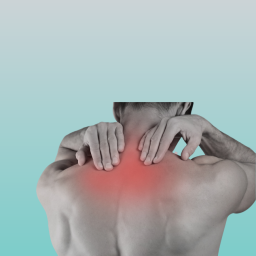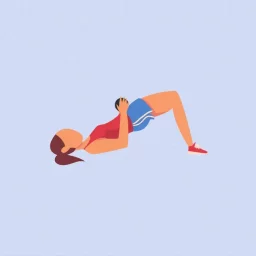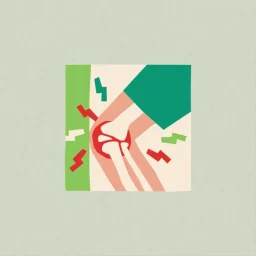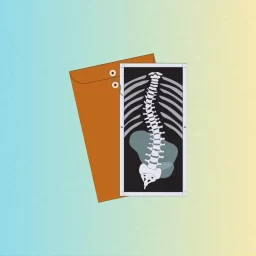Tennis elbow, a common musculoskeletal condition, transcends its sports-centric name to impact individuals from all walks of life. Officially known as lateral epicondylitis, tennis elbow is characterized by pain and inflammation in the outer part of the elbow.
Causes of Tennis Elbow:
Primarily caused by repetitive stress or overuse of the forearm muscles and tendons, tennis elbow is not limited to tennis players. Any activity that involves repetitive gripping and wrist extension can contribute to its development. While tennis players may experience it due to the repetitive nature of their sport, painters, carpenters, and even office workers engaged in extensive computer mouse use are equally susceptible.
Symptoms:
The hallmark symptom of tennis elbow is pain and tenderness on the outer part of the elbow, specifically around the bony bump known as the lateral epicondyle. The pain may radiate down the forearm and increase with gripping or lifting objects. Stiffness and weakness in the affected arm are also common, impacting daily activities and work performance.
Diagnosis and Differentiation of tennis elbow:
Diagnosing tennis elbow typically involves a thorough examination by a healthcare professional. The distinction between tennis elbow and other conditions with similar symptoms, such as golfer’s elbow, is crucial. Imaging tests like X-rays or MRI may be employed to rule out other causes of elbow pain and confirm the diagnosis.
Treatment and Management:
Effective management of lateral epicondylitis often begins with conservative measures. Rest and avoiding activities that exacerbate symptoms are essential. The application of ice and compression can help reduce inflammation, while elevation may alleviate swelling. Non-steroidal anti-inflammatory drugs (NSAIDs) may be recommended for pain control.
Physiotherapy and Rehabilitation Exercises:
Physiotherapy plays a pivotal role in the recovery process. Therapists employ a range of techniques, including massage, ultrasound, and therapeutic exercises, to alleviate pain and improve strength and flexibility. Rehabilitation exercises, focused on eccentric strengthening of the forearm muscles, are particularly beneficial. These exercises help to rebuild tissue strength and promote proper healing.
Bracing and Ergonomic Modifications:
The use of braces or straps around the forearm can help alleviate stress on the affected tendons. Additionally, making ergonomic modifications in the workplace or during recreational activities is crucial. Proper equipment, technique adjustments, and regular breaks can prevent the recurrence of symptoms.
Medical Interventions:
In cases where conservative measures prove insufficient, medical interventions may be considered. Corticosteroid injections can provide short-term relief by reducing inflammation, but their long-term efficacy is debated. Surgical options, such as a procedure to remove damaged tendon tissue, are reserved for severe and persistent cases.
Prevention and Lifestyle Modifications for tennis elbow:
Preventing lateral epicondylitis involves adopting proactive measures. This includes proper warm-up before engaging in repetitive activities, using appropriate equipment, and maintaining good overall fitness. Regular breaks and avoiding prolonged periods of repetitive motions contribute to reducing the risk of developing this condition. In conclusion, tennis elbow is a prevalent condition that extends beyond its sports-specific name. Understanding its causes, recognizing symptoms, and implementing effective management strategies are crucial for individuals seeking relief. From conservative measures like rest and physiotherapy to more invasive options if necessary, a comprehensive approach ensures a successful journey towards recovery. Prevention, backed by lifestyle modifications, remains the cornerstone in mitigating the risk of tennis elbow and promoting overall musculoskeletal health. For more information or to book an appointment with one of our chiropractors, physiotherapists or massage therapists, visit our clinic websites at CURAVITA Byward and CURAVITA Glebe.
Byward Market
Email: info.byward@curavita.com
Glebe
Email: info.glebe@curavita.com



